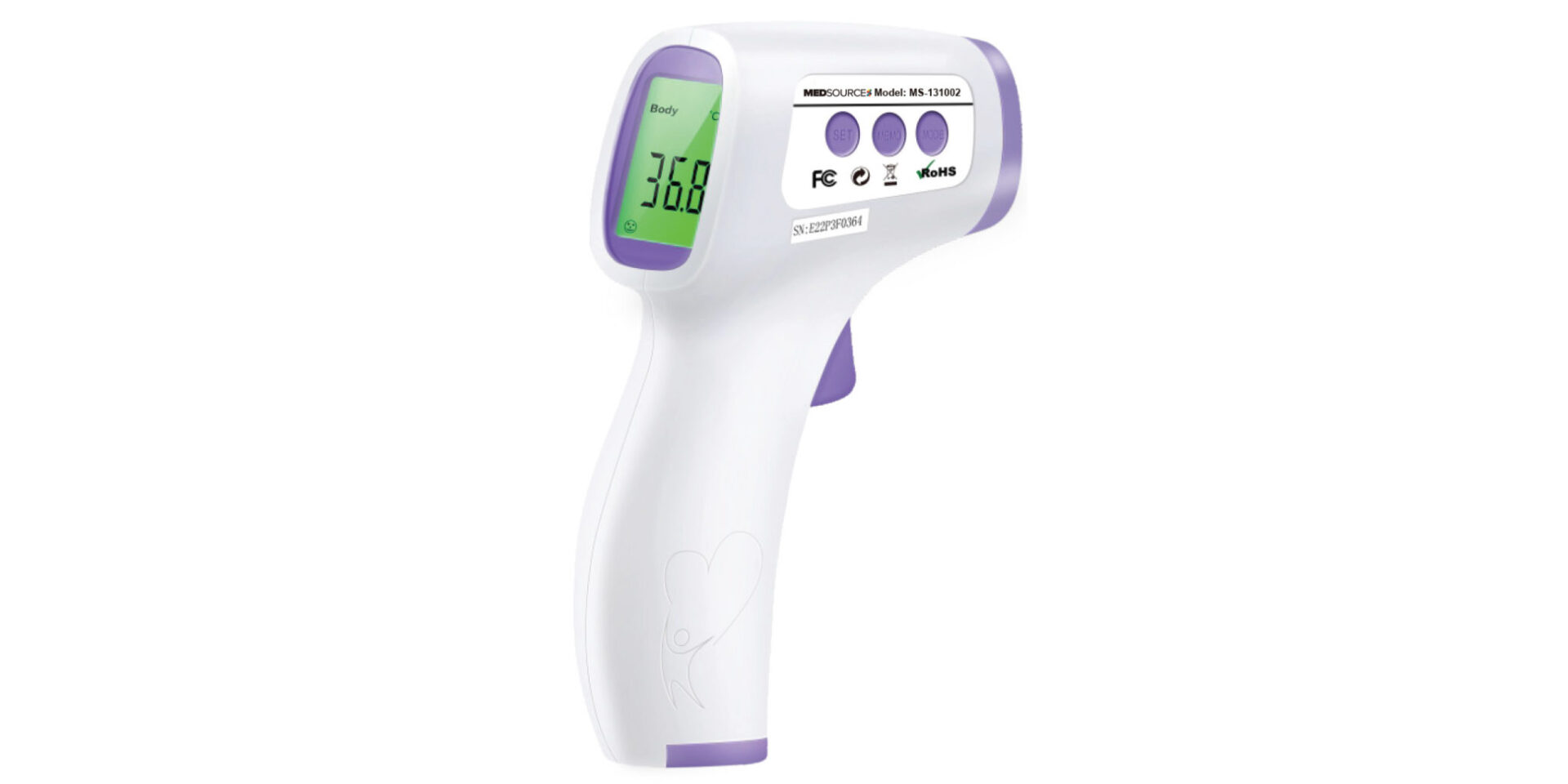Infrared (IR) thermometers are used across a wide range of industries and work environments to provide fast and accurate temperature measurements.
Using a high-quality IR thermometer, it is possible to measure surface temperatures in just seconds while maintaining a safe distance from fragile or potentially dangerous equipment.
It’s important to choose the right type of IR thermometer to service your temperature measurement needs.
Here’s what you need to know in order to make a well-informed decision.
What is an IR thermometer?
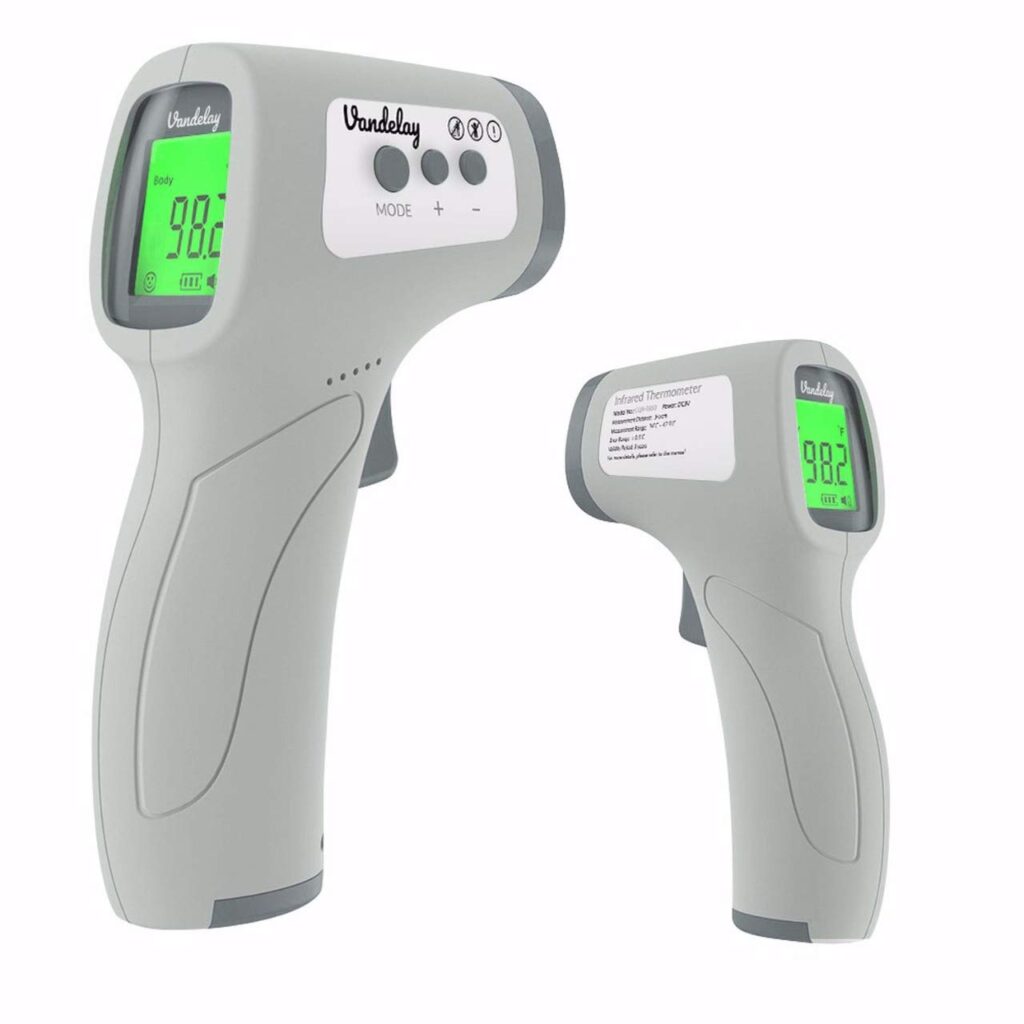
IR thermometers are used to take contactless temperature measurements, relying on infrared radiation to analyse the speed of moving atoms and determine an object’s surface temperature.
Using advanced technology, IR thermometers are able to produce results quickly and accurately, making them an important addition to any electrical worker’s toolbox.
IR thermometers are frequently used in construction and electrical environments, but they can also be used in laboratories and manufacturing and production facilities.
How to choose a thermometer
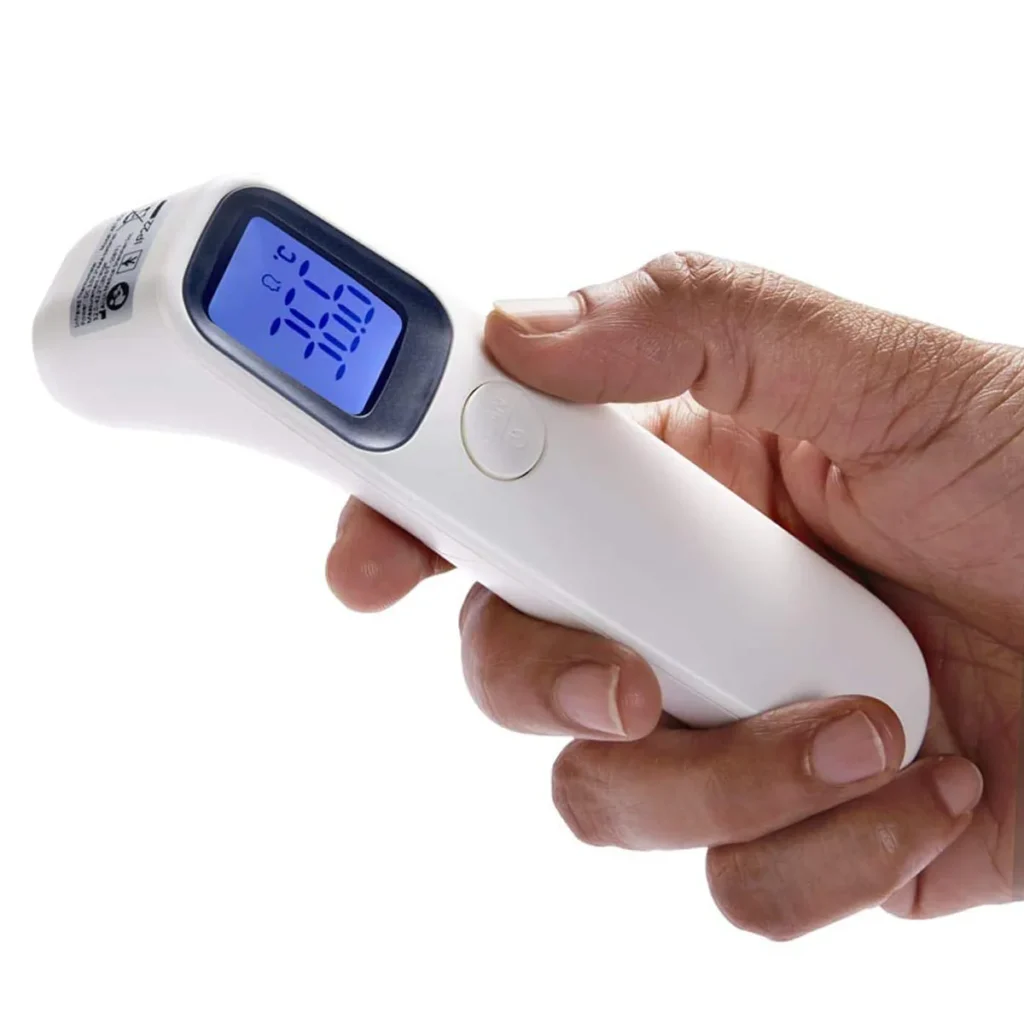
Several things may affect what type of IR thermometer is right for you. Consider the following factors.
Consider accuracy
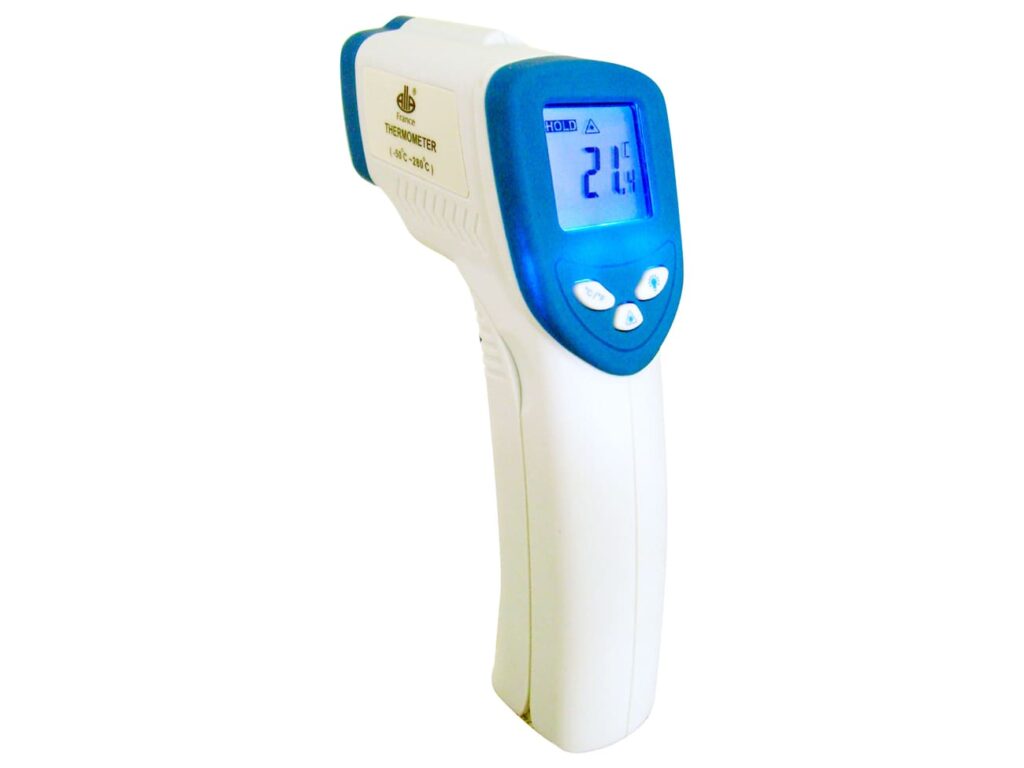
When choosing what type of IR thermometer to purchase, one of the most important things to consider is accuracy.
Usually, the accuracy of an IR thermometer depends on its distance-to-spot ratio (D/S ratio). This relates to the maximum distance at which the device can accurately evaluate a surface area and determine its temperature.
An IR thermometer with a higher D/S ratio will be able to measure surface temperature from a greater distance. If you will be measuring temperatures of hard-to-reach objects or if safety concerns require you to maintain your distance, choose a thermometer that can accommodate this.
Look for emissivity
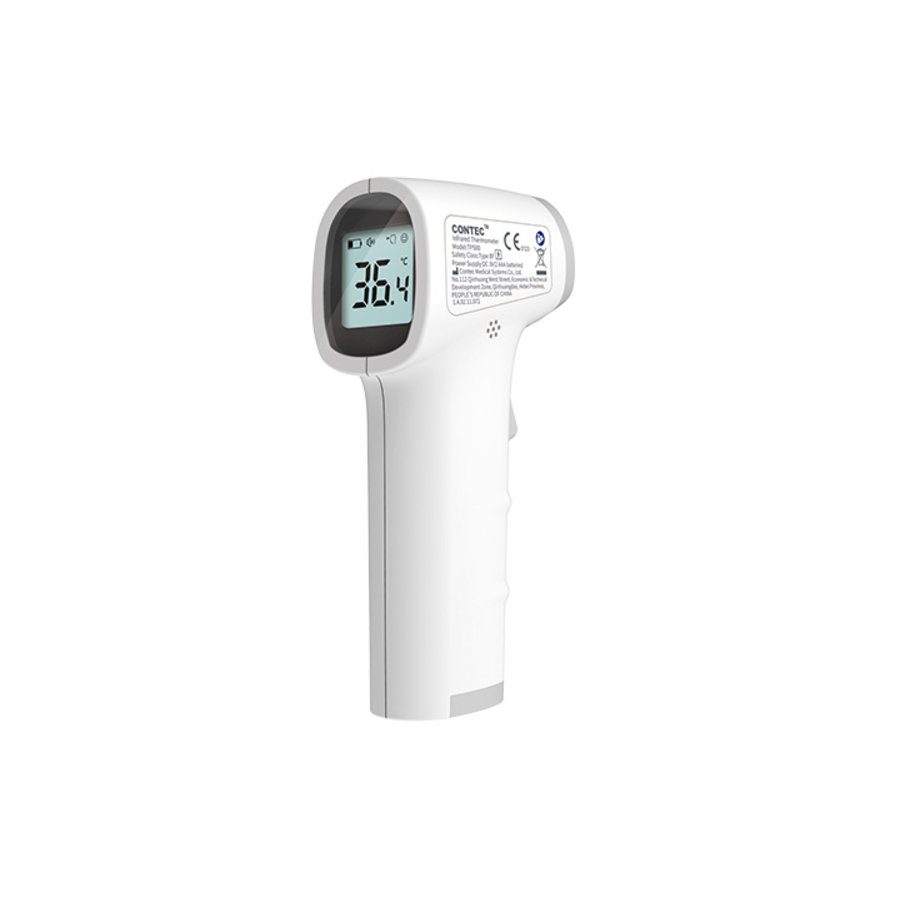
Another important consideration is emissivity. All objects emit infrared energy, but some objects omit it more efficiently than others.
Simple IR thermometers are designed to accurately measure the temperature of surfaces with approximately 0.95 emissivity. This is likely to include most organic, oxidised, and painted surfaces.
Generally, shiny or reflective surfaces have lower emissivity, meaning that fixed IR thermometers may be able to measure their temperature accurately. If you work extensively with these kinds of surfaces, it is best to choose an IR thermometer with adjustable, not fixed emissivity.
Check temperature range
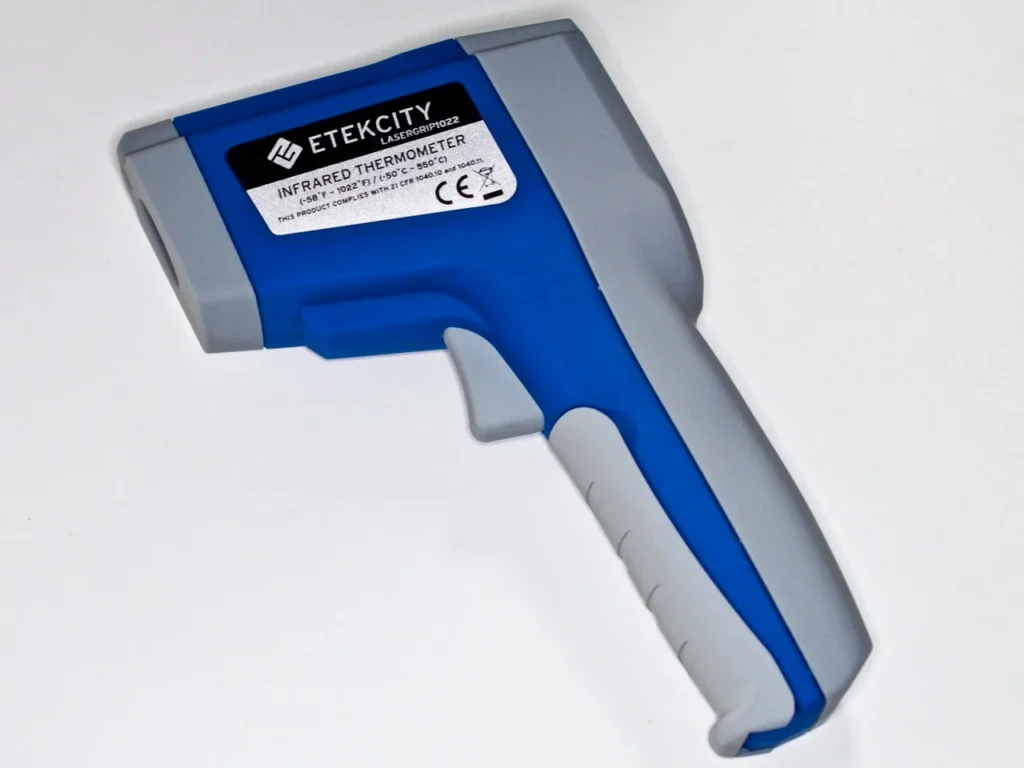
When measuring temperatures, it’s important to ensure that your thermometer can accommodate a good temperature range.
All IR thermometers have a specific temperature range within which they can provide accurate measurements. Beyond this, measurements may become less accurate.
If you measure only within a small range, a simple thermometer with a narrow range may be the best choice for you. In fact, this may even help to provide higher resolution results!
However, if you expect to measure across a vast range, recording very high maximum temperatures, it’s important to choose a more advanced thermometer model that can accommodate this with ease. This will ensure that your measurements remain clear and accurate.
Choose response time and design
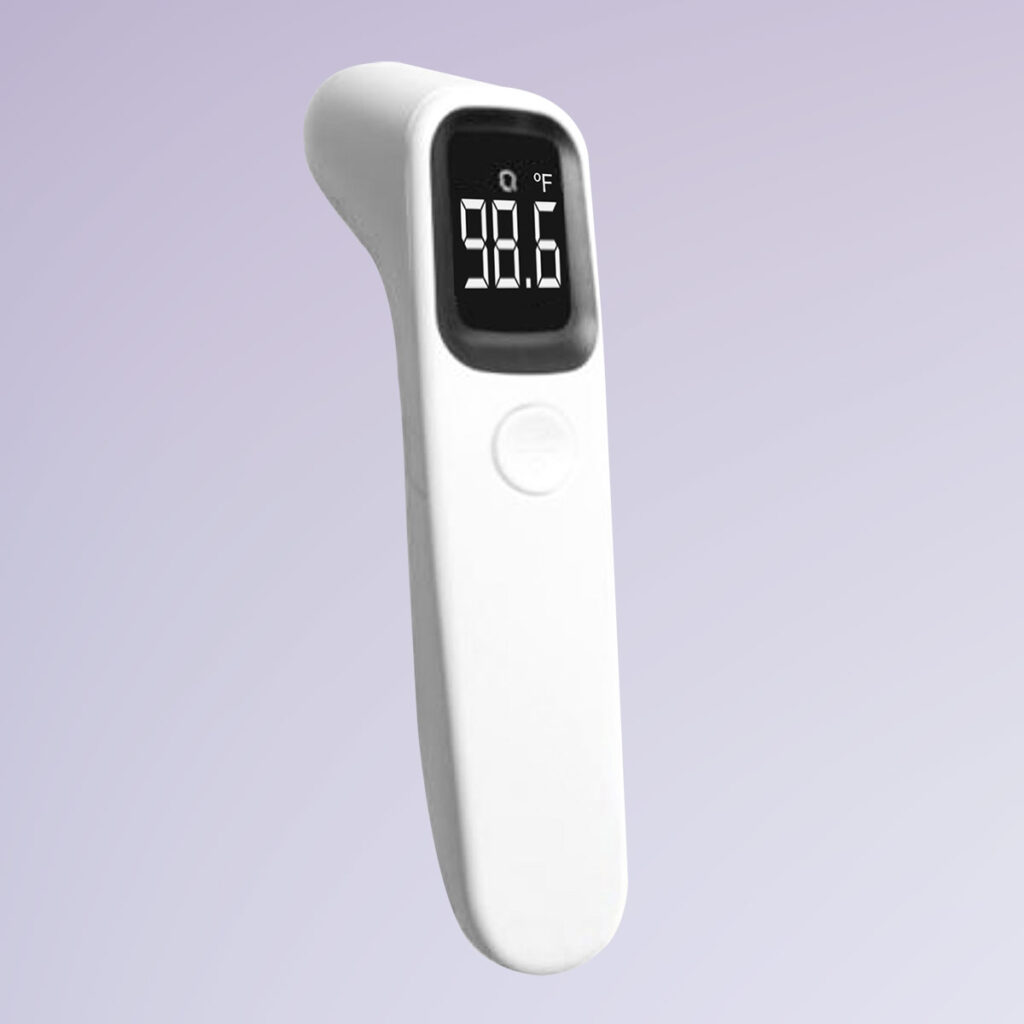
The last major considerations are response time and design.
When working in fast-paced or time-critical environments, it is important to ensure that you are using an IR thermometer that can produce quick results. You can find this information in product specifications.
It’s also a good idea to choose a practical and easy-to-use design. Using a functionally designed thermometer will make it quicker and easier to record accurate temperature measurements.

